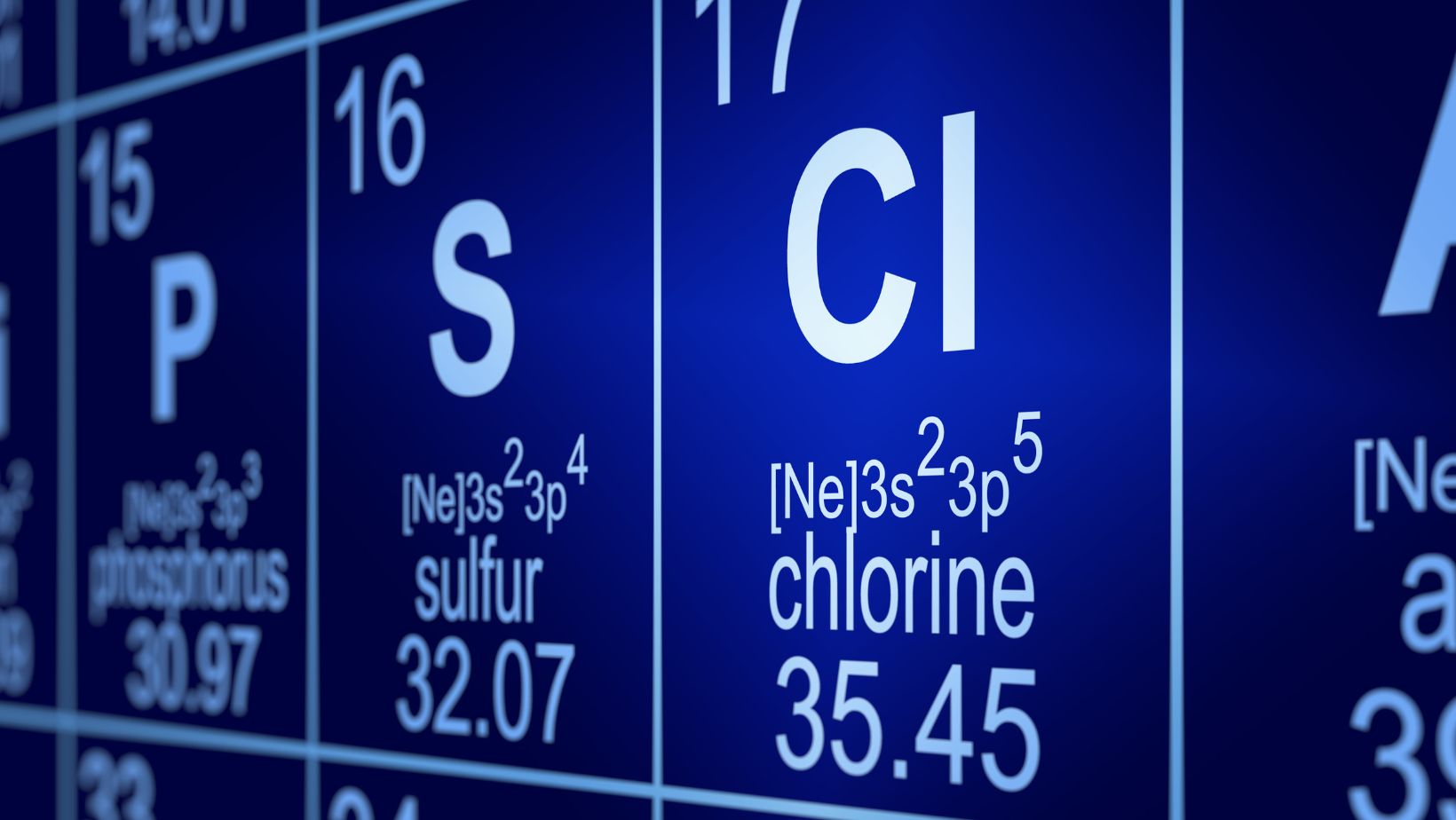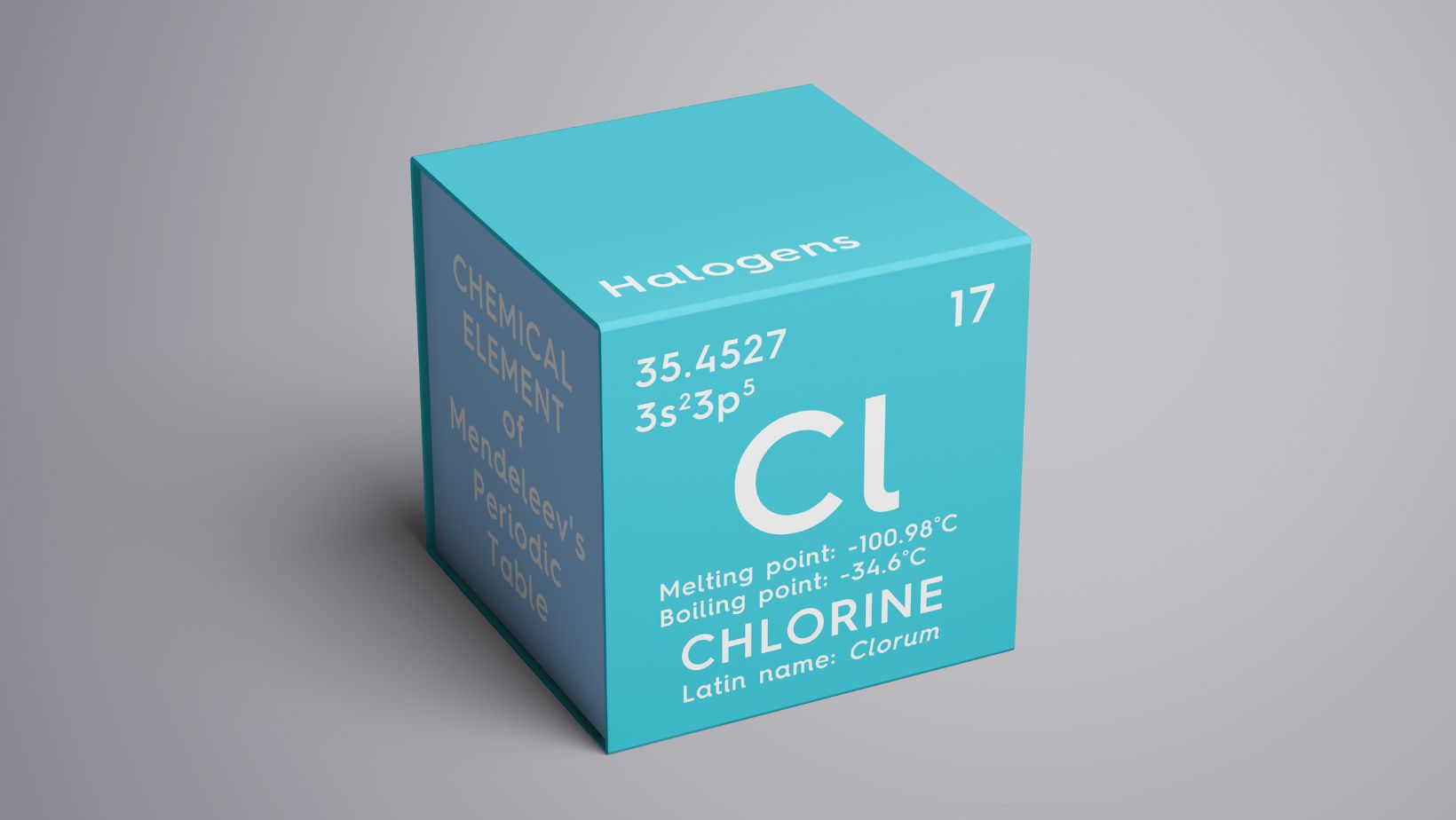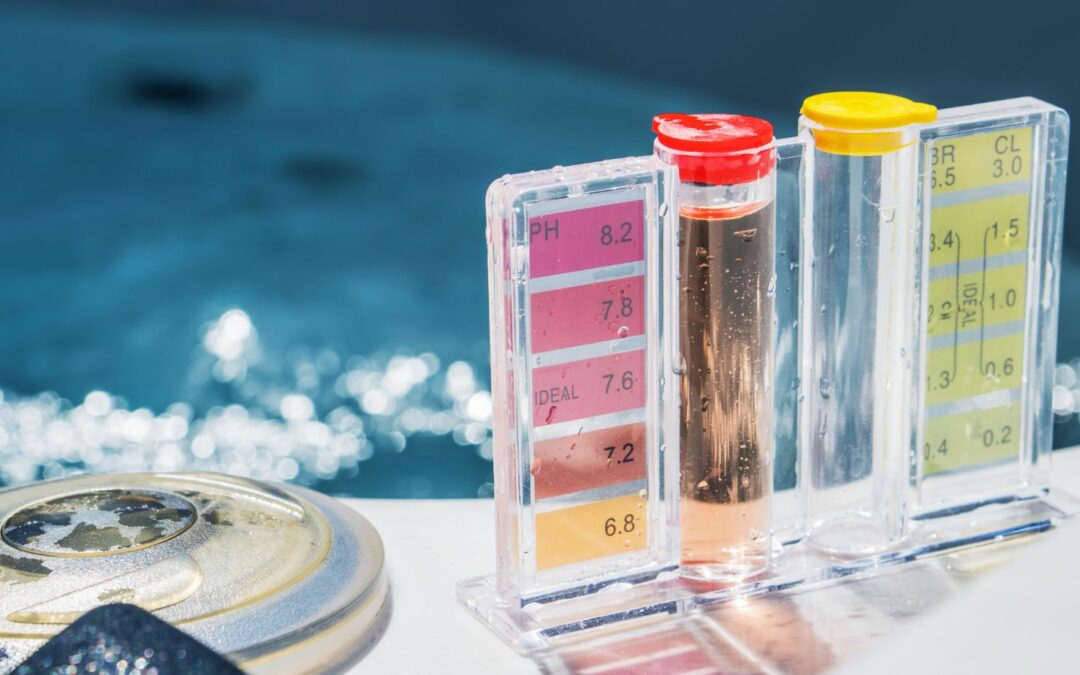Are you curious about the atomic building blocks that shape our world? Discover the essentials of chlorine’s chemical nature and unlock the secret behind its reactive profile. With this insight, you’ll grasp why chlorine plays such a pivotal role in chemistry!
Key Takeaways
- Chlorine has seven valence electrons.
- These electrons play a critical role in chlorine’s ability to form compounds.
- Understanding valence electrons is important for grasping chemical reactions and bond formation.
The Role of Valence Electrons in Chlorine’s Chemistry
Valence electrons are the outermost electrons in an atom and are crucial for chemical bonding. For chlorine, a member of the halogen group in the periodic table, these electrons dictate its high reactivity and propensity to form bonds, particularly with elements that can provide it with its coveted eighth valence electron to complete its outer shell.
Chlorine’s Position in the Periodic Table
Chlorine is found in Group 17 of the periodic table, commonly known as halogens. This placement is significant because it defines its valence electron count and highlights its electronegativity.

Chemical Bonding and Chlorine
With seven valence electrons, chlorine is just one electron shy of having a complete octet, making it eager to accept an electron through ionic or covalent bonding. This quality explains chlorine’s widespread use in compounds, ranging from common table salt to complex organic molecules.
The Electron Configuration of Chlorine
To fully understand how many valence electrons chlorine has, it’s imperative to know its electron configuration. Chlorine’s atomic number is 17, which means it has 17 electrons arranged in orbitals around the nucleus. The electron configuration for chlorine is [Ne]3s^23p^5, indicating that there are five electrons in the p orbital of the third shell, which are the valence electrons.
Chlorine’s Reactivity and Bond Formation
Thanks to its seven valence electrons, chlorine is highly reactive and actively seeks to complete its valence shell. This pursuit of stability through an octet is the driving force behind its involvement in many essential chemical reactions.
Applications of Chlorine’s Valence Electrons
In industrial and scientific settings, chlorine’s valence electrons make it incredibly versatile. They are responsible for its disinfectant properties in water treatment and its role in creating polyvinyl chloride (PVC), a material vital to modern infrastructure.

FAQs
What Are Valence Electrons?
Valence electrons are the electrons located in an atom’s outermost shell. They determine how an atom can interact with others, generally being the participants in chemical bonds.
Why Is It Important to Know About Chlorine’s Valence Electrons?
Understanding the number of valence electrons in chlorine helps predict its chemical behavior and bonding patterns. This knowledge is essential for chemists and industries that rely on chlorine-based reactions and products.
Can Chlorine Have More or Less Than Seven Valence Electrons?
While chlorine naturally has seven valence electrons, it can gain or lose electrons during chemical reactions. When it gains an electron, it becomes a chloride ion with a full octet, and when it loses an electron, it forms different ionic species, although the latter is less common.
How Does Chlorine’s Valence Electrons Affect Its Place in the Periodic Table?
Chlorine’s valence electrons place it in the halogens group, which is known for its elements’ high reactivity due to their nearly complete electron shells. The tendency of halogens to gain an electron is a defining characteristic of this group.
It’s clear that chlorine’s seven valence electrons are not just a trivial detail but a defining feature of its chemical identity. By understanding these electrons, we reveal the complexities of chemical bonding and the fundamental reasons behind chlorine’s widespread use in numerous applications.
Jessica has a flair for writing engaging blogs and articles. She enjoys reading and learning new things which enables her to write different topics and fields with ease. She also strives to break down complex concepts and make them easy for anybody to comprehend.





